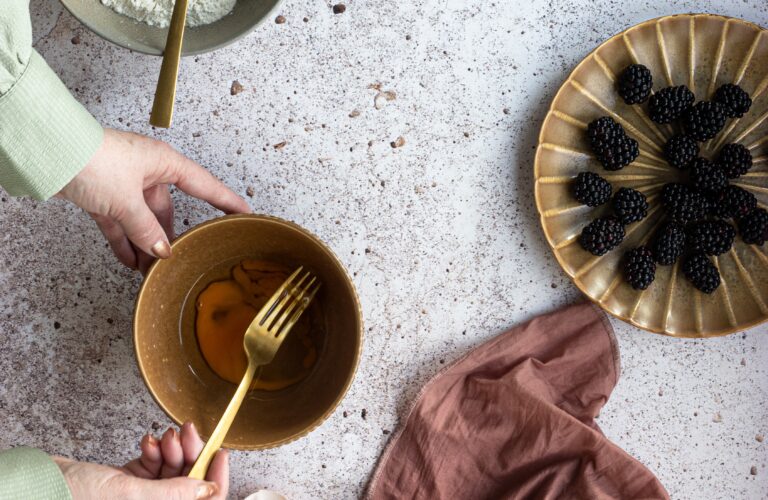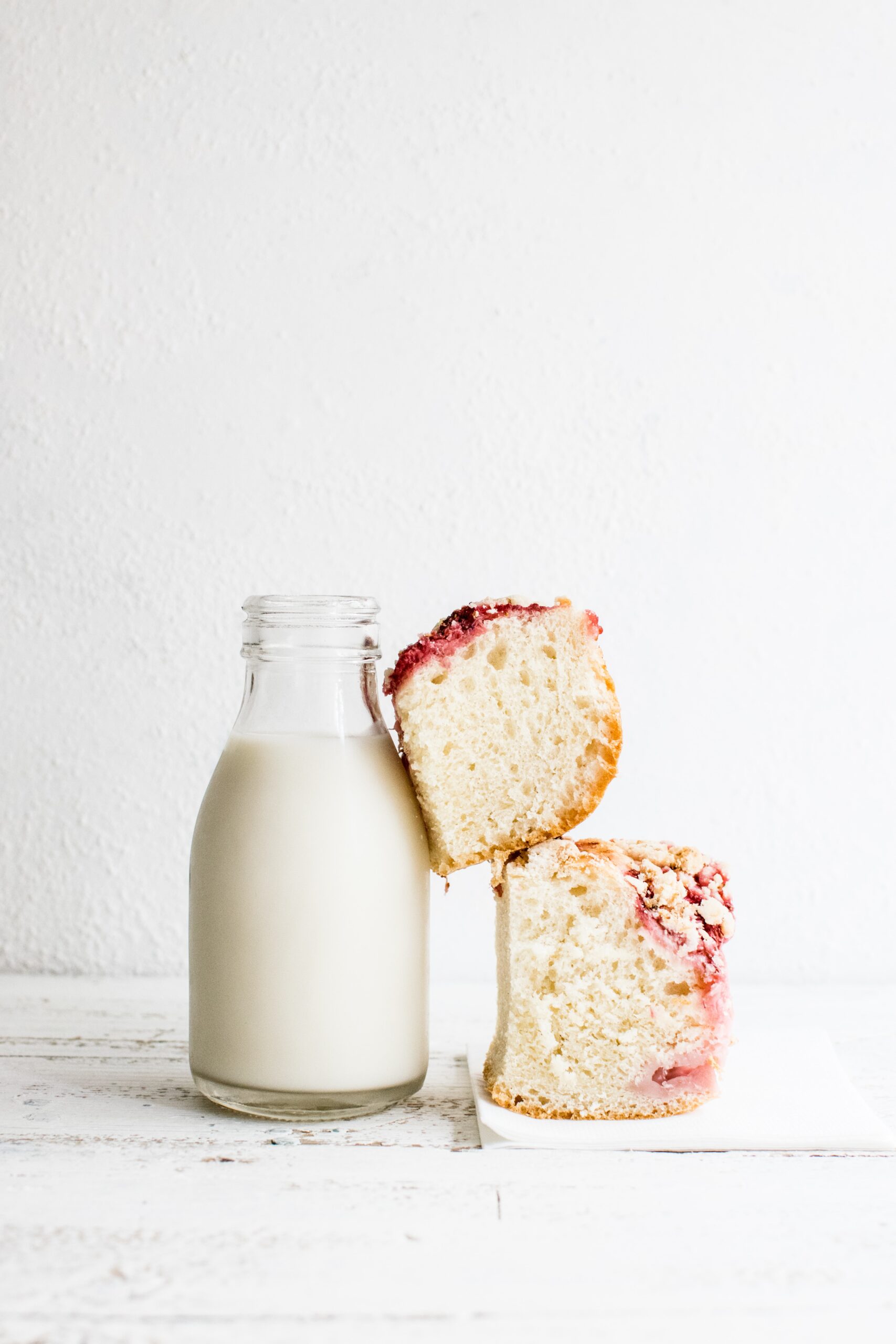This post is all about types of baking method.
Baking is more than just a culinary activity; it’s an art form that has been passed down through generations, evolving and expanding to offer a myriad of delightful treats.
In this comprehensive blog post, we will delve into the diverse world of baking, examining the various types and methods, understanding essential definitions and terms, and exploring the steps to start a successful baking business.
Types of Baking: A Symphony of Flavors and Techniques
Convection Baking
Types of baking are as diverse as the flavors they produce. Convection baking takes center stage as one of the most versatile methods in the baking world.
This technique employs the use of a fan to circulate hot air within the oven, ensuring an even distribution of heat.
Ideal for baking cookies, cakes, and pastries, convection baking results in treats with a consistent texture and a perfectly golden hue.
Steam Baking
When we talk about types of baking, steam baking emerges as a technique that introduces moisture into the oven during the baking process.
This method is especially favored for artisan bread and pastries.
The infusion of steam helps create a crispy and golden crust, while simultaneously keeping the interior moist and tender.
Radiant Heat Baking
In the grand orchestra of baking, radiant heat baking takes its own distinctive note.
Here, the food is exposed directly to the heat source, offering precise control over temperature and baking time.
It’s a preferred method for delicate treats like cookies and biscuits, ensuring that each morsel is perfectly baked.
Microwave Baking
As the baking repertoire expands, so does the adoption of unconventional methods.
Microwave baking, while not as traditional, deserves its place in the discussion of types of baking.
Rapid and efficient, this method utilizes electromagnetic waves to cook ingredients swiftly, making it perfect for quick and convenient recipes like mug cakes and brownies.
Baking Definitions and Terms: The Language of a Baker
To truly appreciate the art of baking, one must become fluent in the language that accompanies it.
Let’s explore key definitions and terms that will enhance your understanding of the craft:
Leavening Agent
At the heart of baking lies the leavening agent.
Whether it’s yeast, baking powder, or baking soda, these ingredients play a crucial role in helping dough and batter rise, resulting in the light and airy textures we associate with many baked goods.
Kneading
The rhythmic process of kneading transforms dough into a masterpiece.
By working and manipulating the dough, gluten is developed, creating an elastic and cohesive structure essential for bread and other baked delights.
Creaming
When it comes to creating the perfect texture in cakes and cookies, creaming is the secret ingredient.
This process involves mixing butter and sugar to incorporate air, resulting in a light and fluffy consistency that elevates the overall quality of the baked goods.
Proofing
For those indulging in the world of yeast-based baking, proofing is a term to remember.
Allowing the dough to rise before baking, this step gives yeast time to ferment, develop flavor, and expand in size, contributing to the unique characteristics of the final product.
Types of Baking Method: A Symphony of Techniques
As we continue our exploration of types of baking method, it’s crucial to appreciate the various methods that contribute to the magic.
Each method brings its own set of techniques and nuances, allowing bakers to express their creativity and skill:
Creaming Method
The creaming method involves beating butter and sugar together until light and fluffy. Eggs are then added, followed by dry ingredients.
This technique is commonly used for making cookies, cakes, and certain pastries.
Folding Method
Delicate and precise, the folding method is often employed in recipes where maintaining the airiness of ingredients is crucial.
It involves gently incorporating one mixture into another using a folding motion, ensuring a light and airy texture.
Sponge Method
Ideal for creating light and fluffy cakes, the sponge method involves whipping eggs and sugar to incorporate air.
Flour is then gently folded in, resulting in a sponge-like texture that’s perfect for layered cakes and delicate pastries.
Biscuit Method
The biscuit method is a quick and straightforward technique used for making biscuits, scones, and certain types of cookies.
It involves cutting cold fat (usually butter) into the dry ingredients before adding liquid, resulting in a tender and flaky texture.
As we wrap up our exploration of types of baking, definitions and terms, and the exciting journey of starting a baking business, it’s evident that baking is both an art and a science.
Whether you’re experimenting with different types of baking methods in your home kitchen or taking the plunge into the world of entrepreneurship, the possibilities are endless.
Remember, the key ingredients for success in the world of baking and business are passion, dedication, and a willingness to learn and adapt.
Whether you’re perfecting the art of convection baking or embarking on a new venture with your own baking business, the joy of creating something delicious is a reward in itself.
So, put on your apron, preheat the oven, and let the sweet aroma of success guide you on your baking journey.
This post is all about types of baking method.

 Rachel
Rachel



